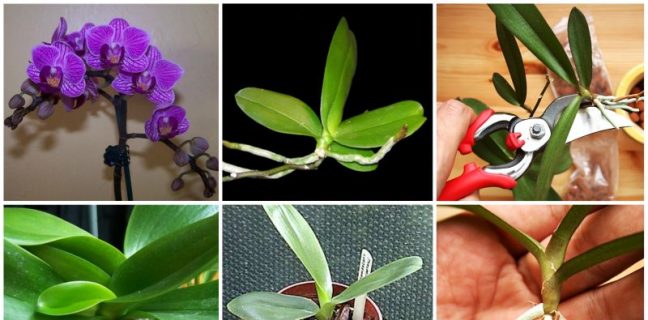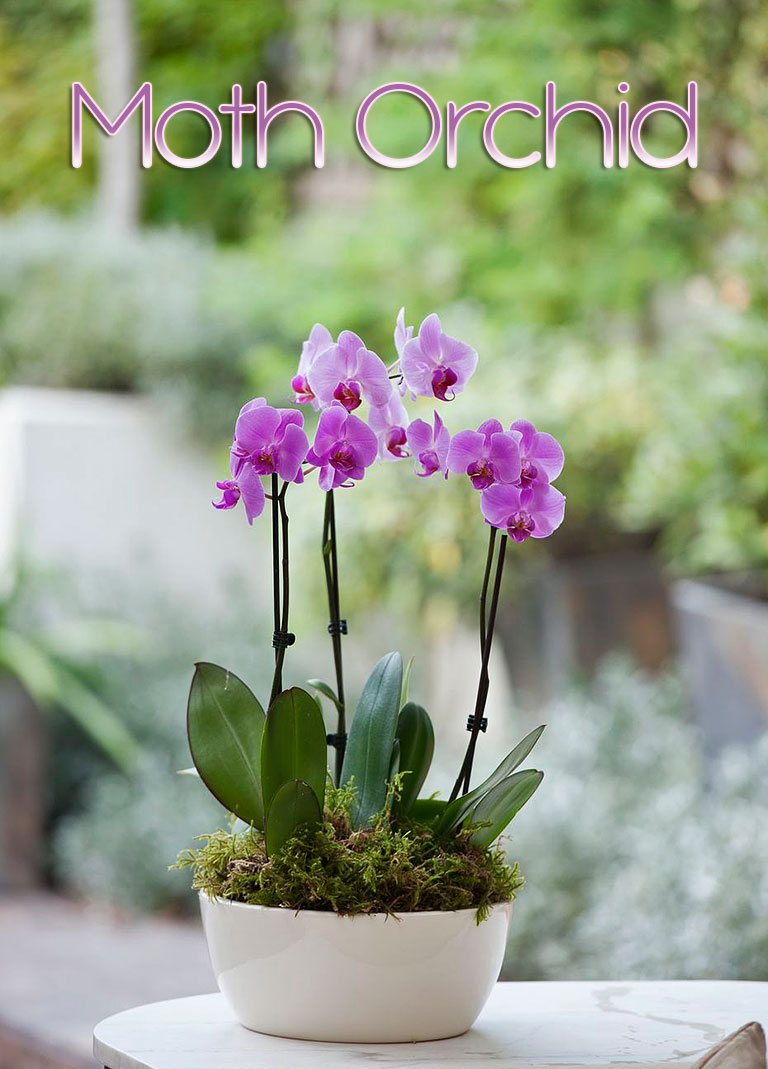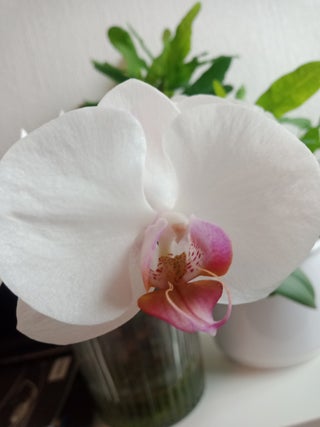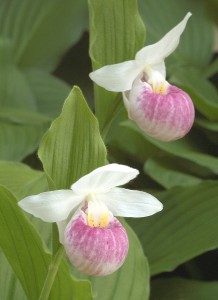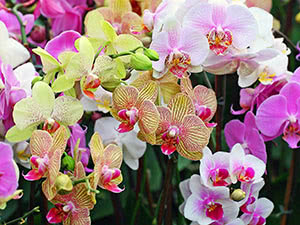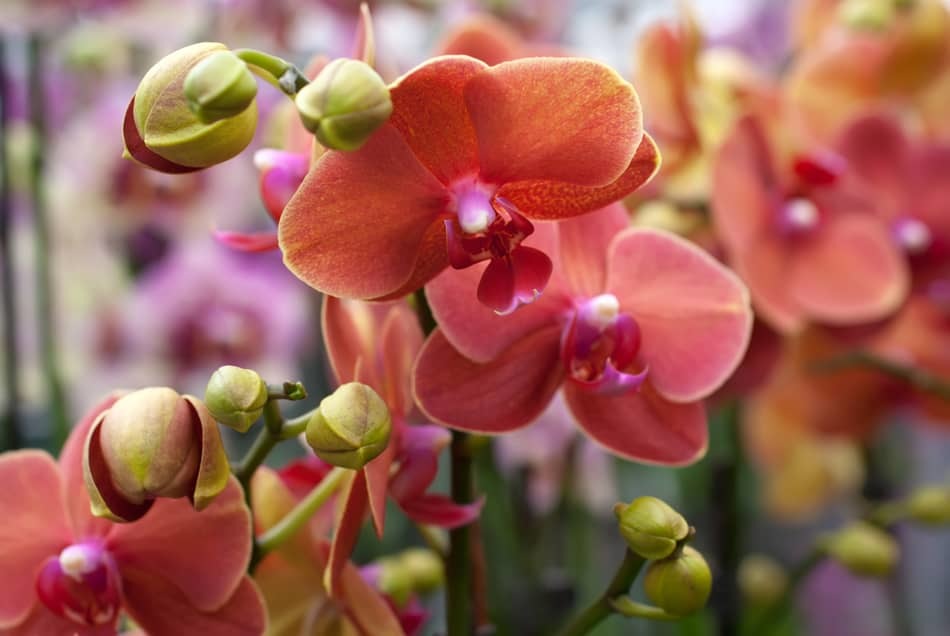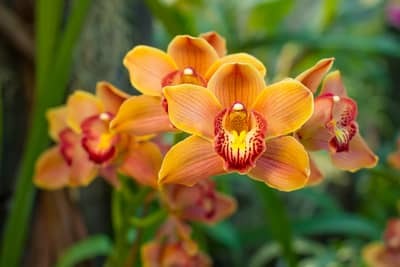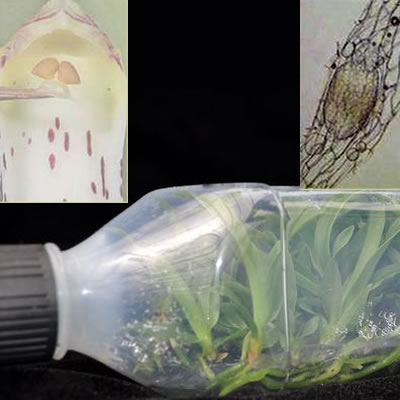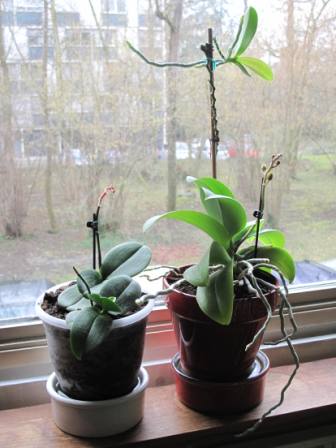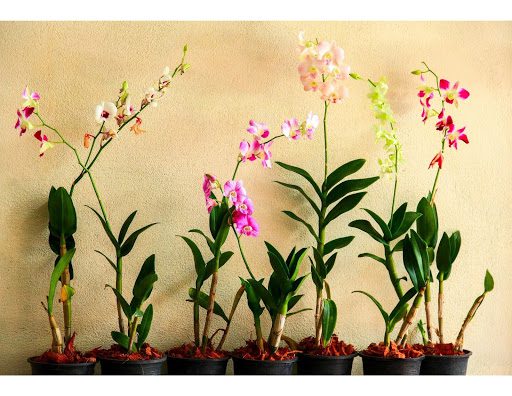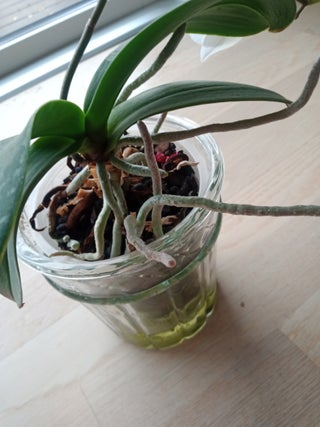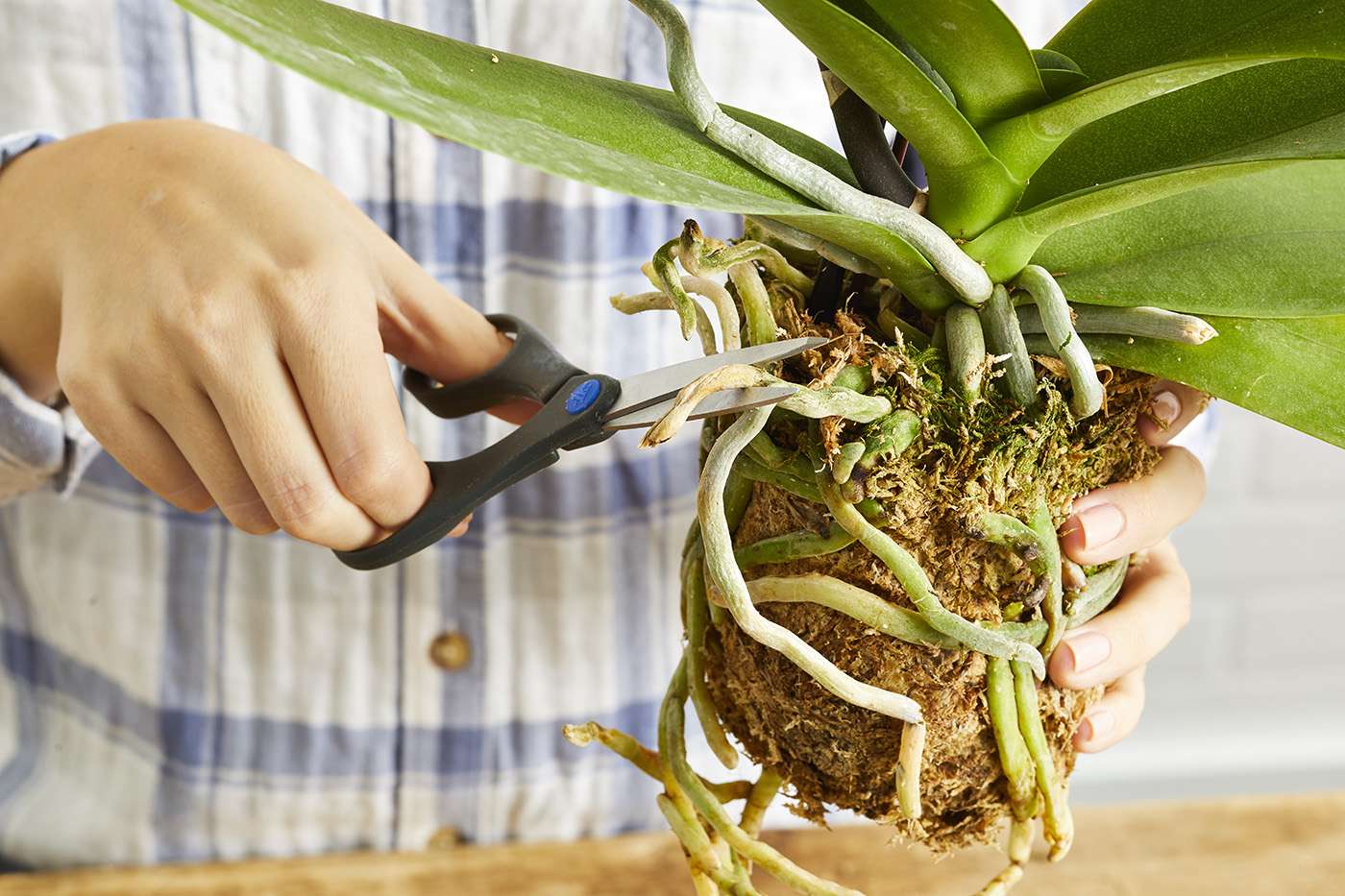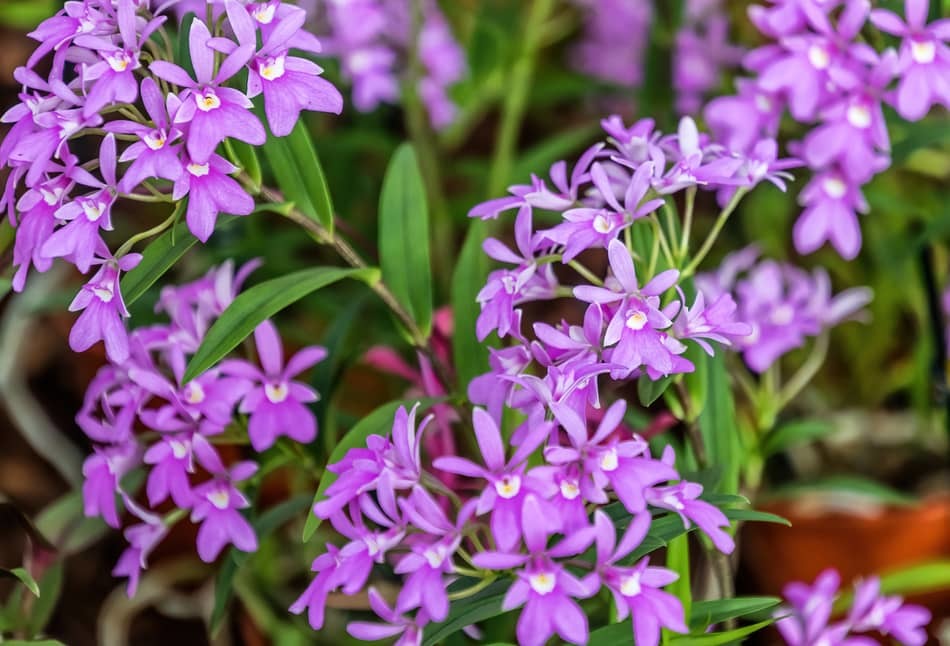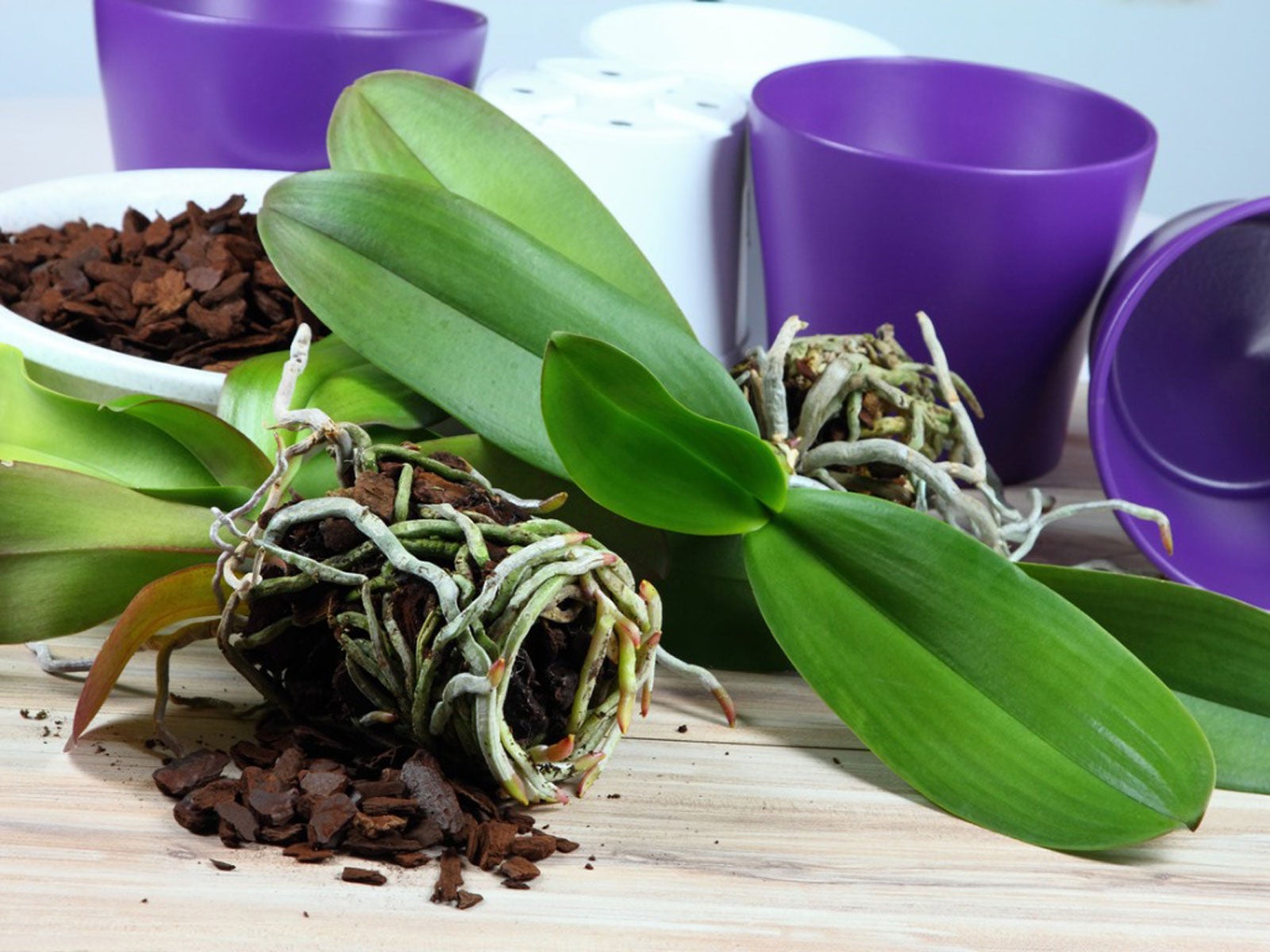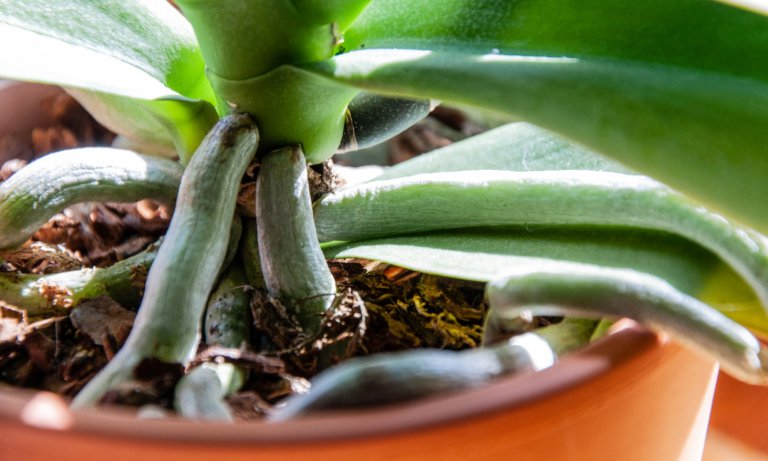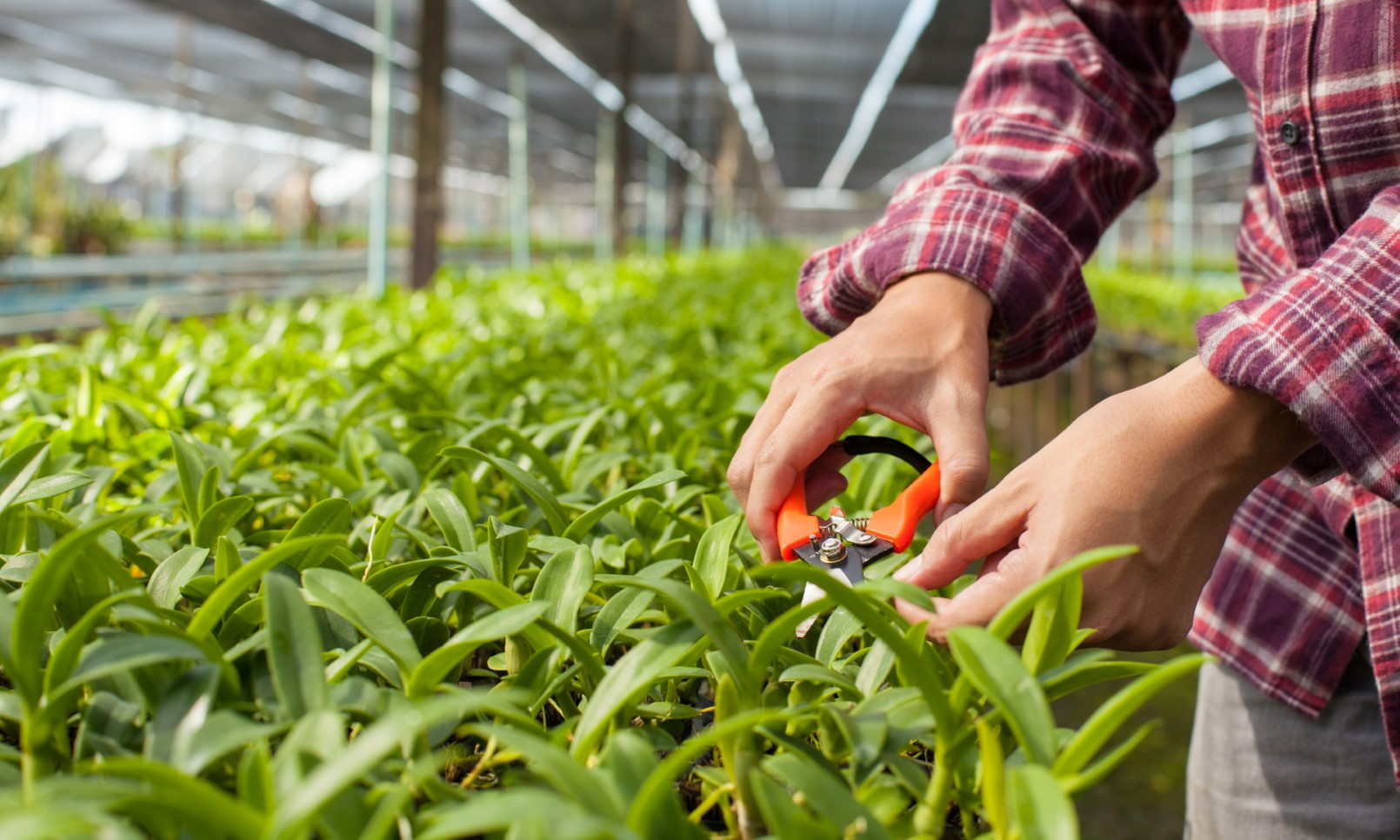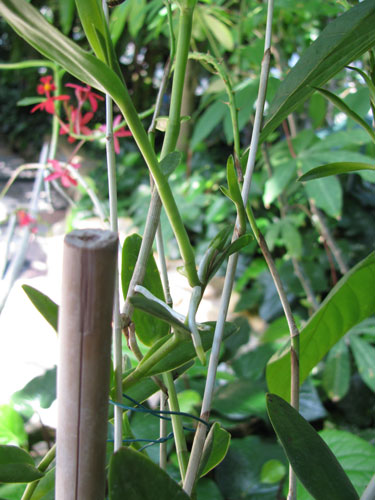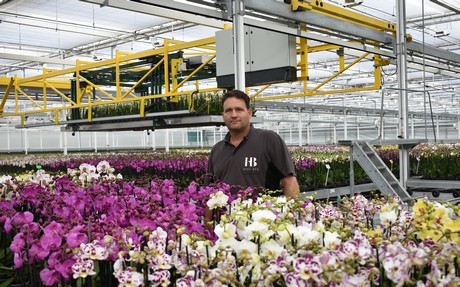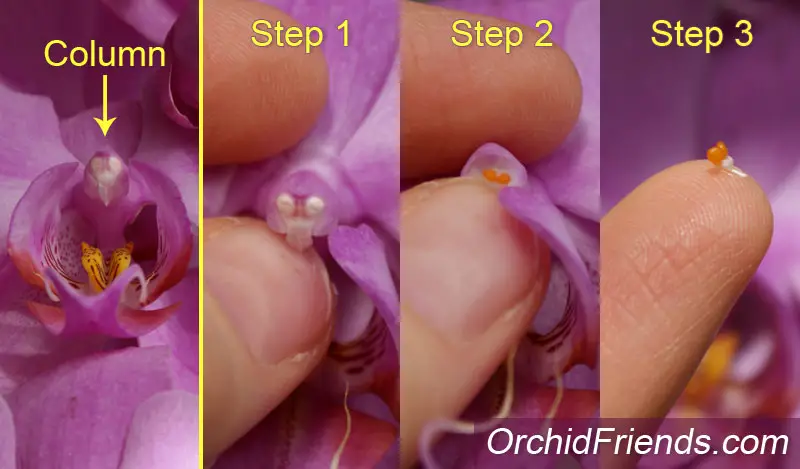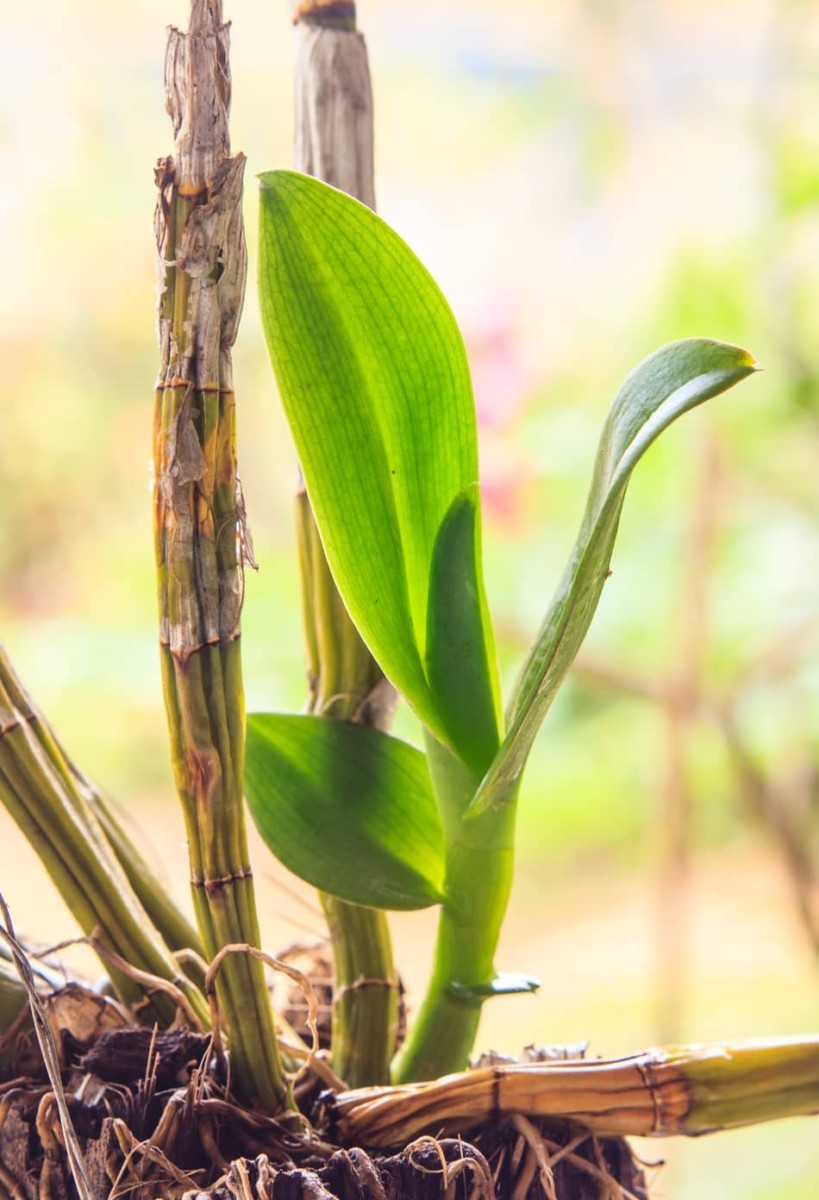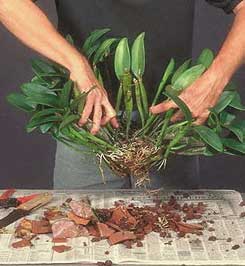Propagating Orchids
Orchids are exquisite plants comprising over 30000 different species and over 200000 hybrid varieties making orchids one of the two largest families of plants in the world.
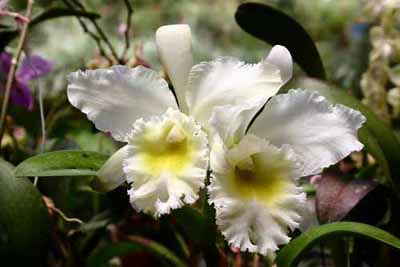
Propagating orchids. Home orchid enthusiasts typically propagate it by transplanting one of its naturally occurring offsets or plantlets also called keikies that grow on nodes along its spike or stem. Back bulb propagation of orchids. Monopodial orchids however do well when keiki propagation or aerial root propagation is used. Often used with cymbidiums it will take between 3 to 4 years to obtain a flowering size plant from a single back bulb.
This is a form of division. The orchid family orchidaceae is a huge group that features epiphytic lithophytic and terrestrial members. A porch heated conservatory or unheated indoor room. The moth orchid phalaenopsis a favorite for beginners is considered easy to grow.
Propagation by back bulb is an excellent way of increasing your stock of a particular variety or cultivar it is however a slow method if flowering sized plants are required. We can propagate orchids with the same characteristics as the mother plant by easier means including stem cuttings back bulb cuttings top cuttings and keiki cuttings o grow several today we are going. While most orchids are only hardy planting in usa the vibrant flowers make excellent indoor specimens when given adequate soil and moisture. Orchids like a variety of temperatures so choose the best position in the house to suit the needs of the particular orchid you are growing.
The propagation methods of division back bulb propagation and stem cutting propagation work well with sympodial orchids. Although most orchids wont grow from cuttings some members of the dendrobium genus.






/how-to-water-orchids-1902821-HERO-96a083f82620425dadf276beefd0f5b7.jpg)




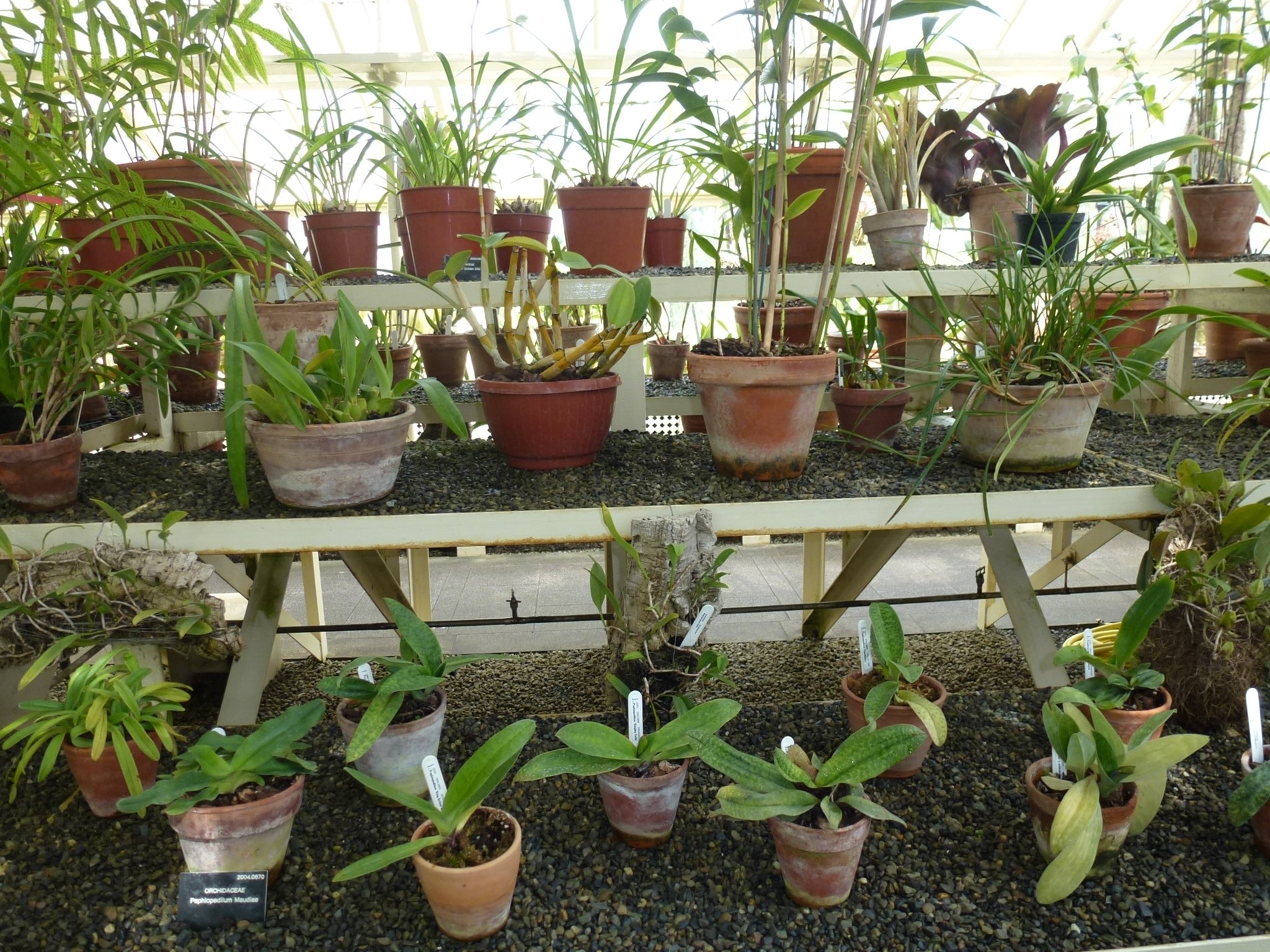







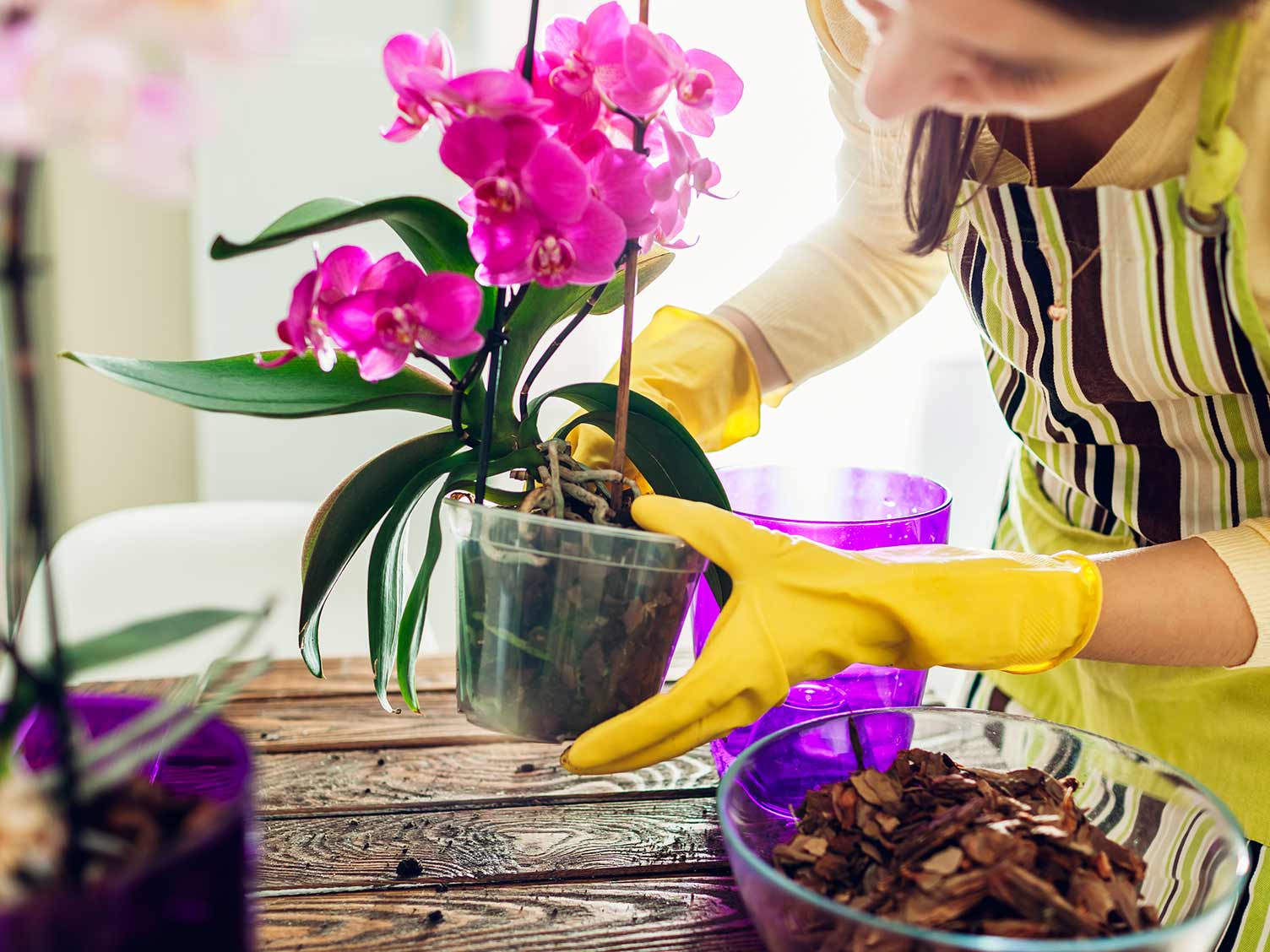

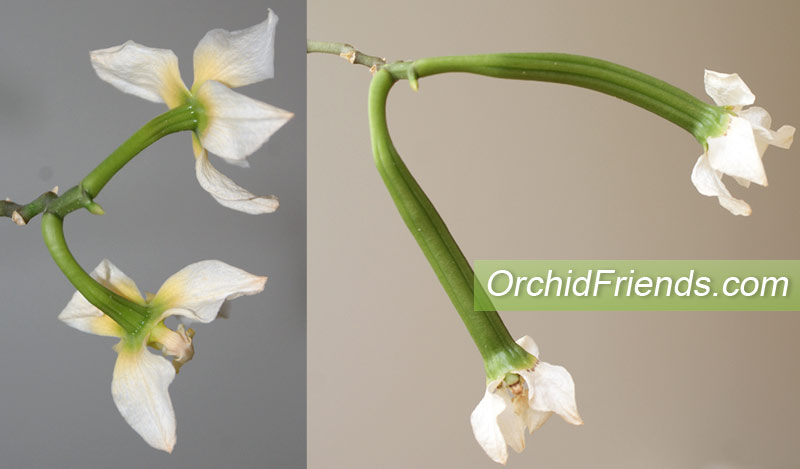



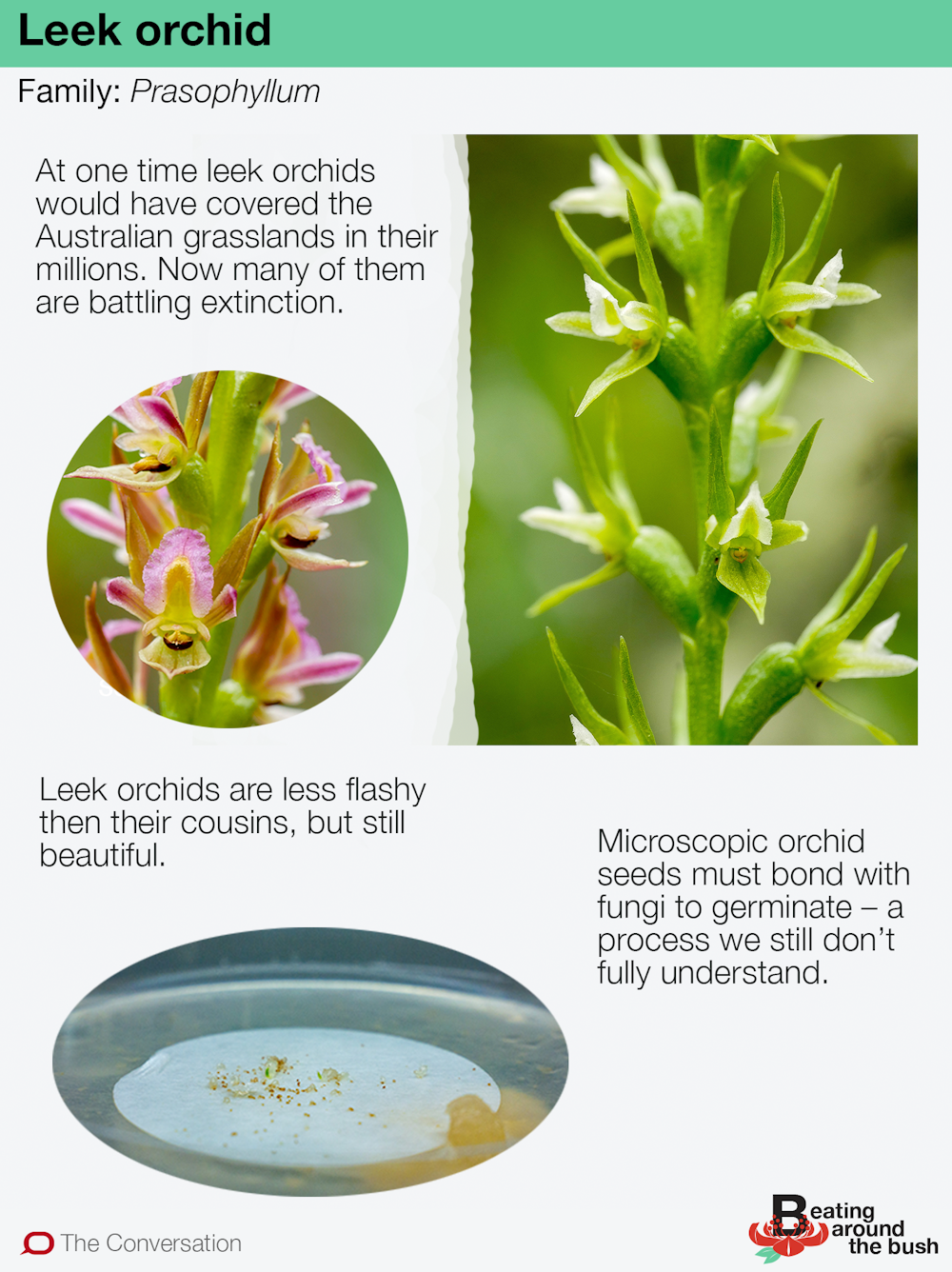



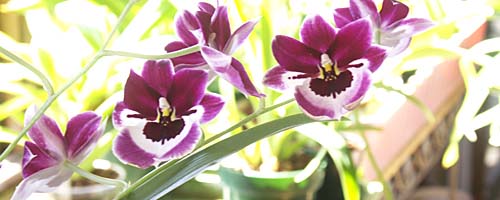



/mountedorchid-57bf9cfc5f9b5855e55db6d3.jpg)
